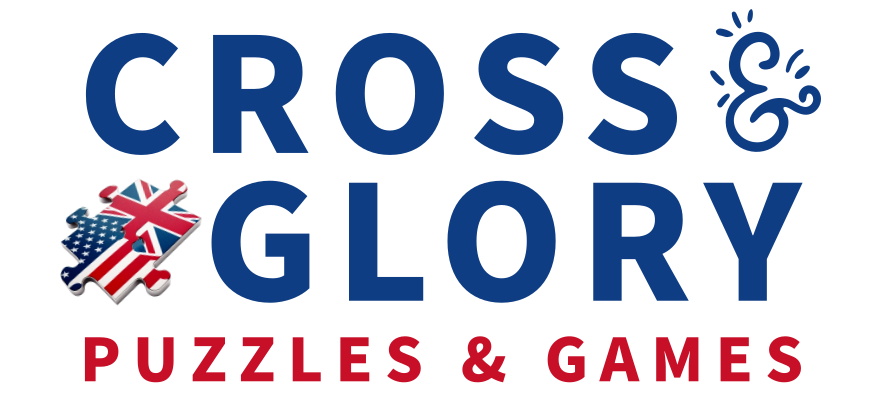Jigsaw puzzles are more than just a pastime—they’re snapshots of the world in which they were created. From the themes they depict to the artistic styles they embrace, puzzles serve as time capsules, preserving the culture, values, and aesthetics of their era. By examining puzzle themes, we can uncover the stories of the times they represent and gain a deeper appreciation for how puzzling reflects the world around us.
1. The Early Days of Puzzles: Education and Exploration
When puzzles first emerged in the 18th century, they often featured maps and educational themes. These puzzles were designed to teach geography, history, and other subjects, reflecting a societal focus on exploration and intellectual growth. As puzzling gained popularity, themes expanded to include Victorian landscapes and moralistic stories, mirroring the cultural priorities of the time.
2. Art as a Reflection of Society
Throughout history, puzzle designs have incorporated the art and aesthetics of their era. For example:
- Impressionist Influence: In the early 20th century, puzzles often featured landscapes and scenes inspired by Impressionist art, which celebrated light and nature.
- Post-War Pop Art: In the mid-20th century, puzzles embraced bold, colorful designs reminiscent of pop art, reflecting a cultural shift toward optimism and modernity.
The artistry of puzzles not only entertains but also preserves these visual styles for future generations. To explore how famous artists have shaped puzzling, check out Piece by Piece: Exploring the World of Famous Jigsaw Puzzle Artists and the Joy of Completing Puzzles.
3. Cultural Movements Captured in Themes
Puzzle themes often mirror the cultural movements and trends of their time. For instance:
- 1940s Wartime Puzzles: During World War II, puzzles featured patriotic imagery, propaganda, and scenes of resilience, serving as a morale booster for puzzlers.
- 1970s Nature Craze: The environmental movement inspired puzzles showcasing national parks, wildlife, and lush landscapes.
- Modern-Day Diversity: Contemporary puzzles highlight themes of inclusivity and representation, embracing diverse cultures, lifestyles, and perspectives.
4. The Rise of Nostalgia in Puzzling
In recent years, nostalgia has played a significant role in puzzle design, with themes that transport solvers back to simpler times. Puzzles featuring retro advertisements, vintage toys, and classic movies allow solvers to reconnect with cherished memories. This trend reflects society’s longing for comfort and familiarity in an increasingly fast-paced world.
For many adults, 1,000-piece puzzles are the perfect medium for reliving these nostalgic themes while enjoying the meditative benefits of puzzling. Learn more about the appeal of these challenging yet rewarding puzzles in Exploring Jigsaw Puzzling: The Joy and Benefits of 1,000-Piece Puzzles for Adults.
5. The Creativity of Unfinished Stories
Unfinished puzzles can also serve as time capsules, leaving parts of the story untold. These incomplete images spark creativity and imagination, allowing solvers to interpret and fill in the blanks with their own ideas. The open-ended nature of these puzzles invites reflection on the cultural narratives of the time.
To dive deeper into how imperfection can inspire creativity, check out The Power of Imperfection: Can Unfinished Puzzles Spark Creativity.
6. What Puzzles Reveal About Us
The themes and imagery chosen for puzzles offer insight into societal values and priorities. From the romanticized countryside scenes of the past to today’s bold statements on equality and environmentalism, puzzles are a canvas for the stories we want to tell and preserve.
Conclusion
Puzzles are more than just recreational activities—they’re reflections of the world, encapsulating the art, culture, and sentiments of their time. Whether they highlight the optimism of the post-war era, the beauty of nature, or the complexities of modern life, puzzles serve as tangible records of history. The next time you pick up a puzzle, consider the story it tells—not just in its image, but in the era it represents. Solving it is more than piecing together an image; it’s connecting with the past, one piece at a time.

